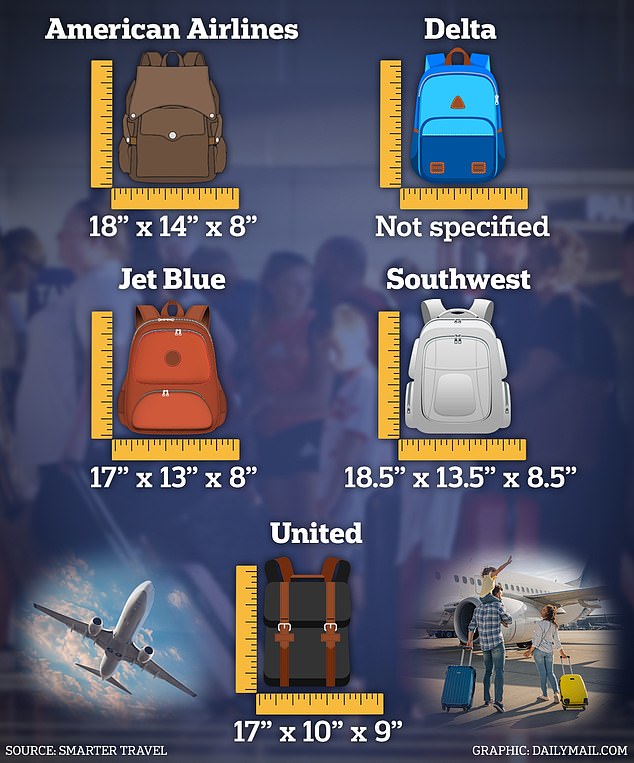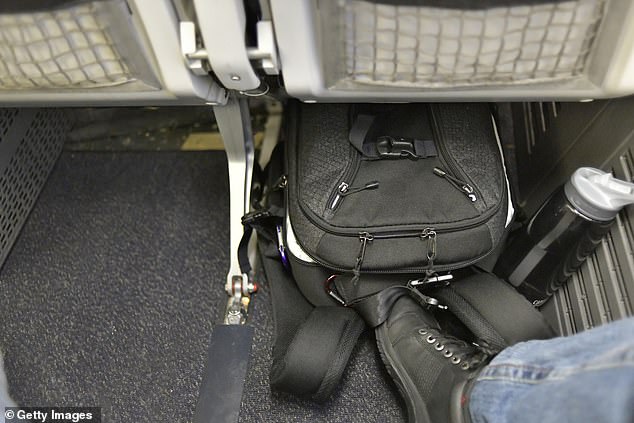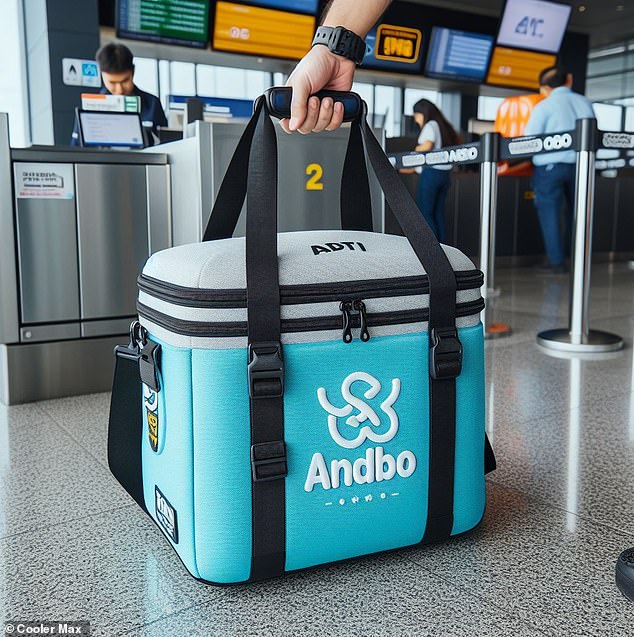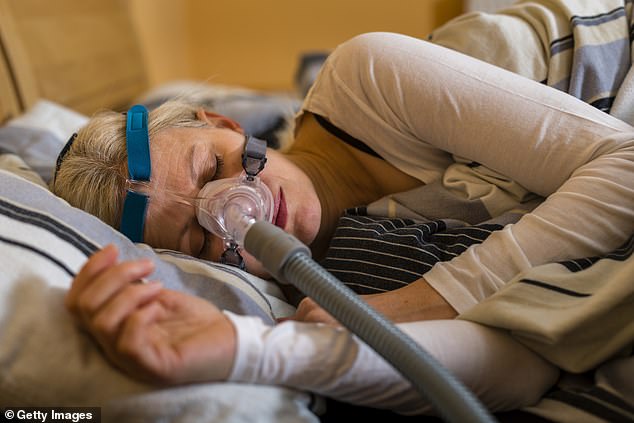The desperate measures passengers are being forced into as greedy airlines continue to raise price of checked bags
Air travelers are taking strange measures to ensure they adhere to shrinking baggage allowances as checked baggage prices rise.
This attention to detail comes after most major airlines quietly increased their checked baggage fees in the first months of 2024.
The industry-wide price hike began when Alaska Airlines raised the fee to check a first bag from $30 to $35 and a second from $40 to $45. The following month, JetBlue, American and United followed suit, each raising their fees by $5 or $10.
The changes have led some passengers to get creative and cram whatever they can under their seats, which varies by airline. In addition, planes are getting smaller every year, which is costing cabin baggage space.
Each provider has its own limits and some people are willing to give up certain luxuries to save money.
Self-proclaimed “travel problem solver” Christopher Elliott described some of the strangest things he’s seen as a result, in a piece he wrote for The Seattle Times.
Air travelers are taking bizarre measures to ensure they adhere to shrinking baggage allowances, writes a travel expert

The measures have led to some passengers getting creative and stuffing whatever they can under their seats – which varies by airline. The hand luggage requirements of different airlines can be seen here
The first involved luggage with wheels, which used to be mostly checked in.
But recently, on a flight from Los Angeles to Spokane, he saw a passenger trying to cram an entire rollaboard (a type of suitcase with two wheels) under her seat.
According to him, this was because the plane had run out of space in the luggage racks, something that is becoming more common as baggage costs rise.
In addition, some airlines have significantly reduced the amount of baggage that passengers are allowed to take on board for free, if not voluntarily, then deliberately.
According to experts, this is because airplane seats have been getting smaller for decades as planes become smaller and more efficient.
Elliot wrote of the woman struggling with her unwieldy wheeled carry-on suitcase: “Her plan might have worked, but—you guessed it—there was no room for her legs.
“A flight attendant intervened and forced her to check her bag at the gate,” he revealed.
Other items Elliot says get stuffed under seats where space is limited include coolers, which are typically used by beachgoers, not frequent flyers.

So overhead bin space has become a commodity – meaning under-seat space has become the next most viable option. Plus, planes are getting smaller every year, at the expense of cabin baggage space.
But on a flight from Buenos Aires to Madrid, a woman named Maya Frost witnessed the unthinkable: a man on board had stuffed a cooler under the seat next to her.
The box was so large, the Seattle author told Elliot, “it had to be crammed into the limited space.”
When the plastic was stuffed underneath, “it almost caused the seat to bulge,” she said — which brought a realization to the somewhat thin traveler.
When the man saw that there was no room for his feet during the 13-hour flight, he eventually found a spot in the overhead bin, Elliot wrote.
Frost told him how he made the most of his situation by packing the cooler several times during the long flight, complete with chips and egg salad sandwiches.
“When we landed, I was covered in crumbs,” Frost joked.

Other items that get crammed under seats with limited space, Elliot says, are coolers. These are typically handed to beachgoers, not frequent flyers, as carry-on luggage.
Another unusual item found crammed into the crevices of airplane cabins are CPAC devices: the heavy machines used to treat sleep apnea.
The devices come with a control panel, a control system, a hose and a mask that is placed over the user’s nose and mouth. They are extremely expensive and also large.
Uneaka Daniels recently took one on a flight from St. Kitts in the Caribbean to Florida, Elliot said. She decided to take it because of the machine’s prohibitive cost and fears it might get damaged if it was inspected.
“The device cost $1,600 and my insurance wouldn’t replace it if it got damaged on the plane,” Daniels told The Times.
Instead, she placed the object under her chair, but like the man who had been sitting next to Frost, she no longer had room for her legs.
However, the reading specialist from Hamilton, Bermuda, took a different approach: she flew with her legs on top of the device the entire time.
She admitted that this method is probably not very secure, before highlighting some of the problems that can arise when travelers like her try to avoid checking their bags where possible.
“How could they evacuate a plane?” she wondered aloud, stressing to bystanders that carry-on luggage crammed under and in front of a seat could be deadly.

Another unusual item that gets shoved into the crevices of airplane cabins are CPAC machines – the heavy devices used to treat sleep apnea. One in use – not on a plane – is seen here
Elliot pointed out, however, that medical devices are exempt from carry-on restrictions, so you can ask a flight attendant to help you stow the device in a safe place, rather than using it as a footstool.
He also pointed out that electronics like laptops and fragile items like glassware are absolutely off-limits when it comes to underseat storage, and then he told an embarrassing story about the strangest thing he’s ever kept there.
“I once tried to temporarily store a large Starbucks Americano under my seat when I boarded,” the travel journalist admitted.
“Then I forgot. Let’s just say it was a memorable start. My shoes still smell like espresso.”
